
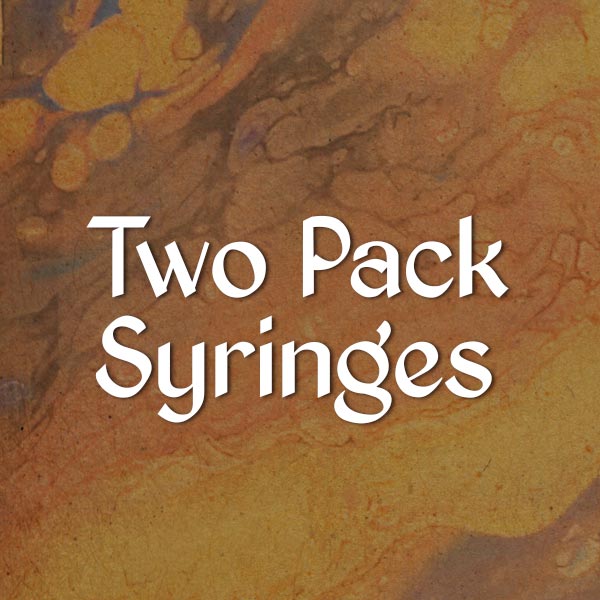


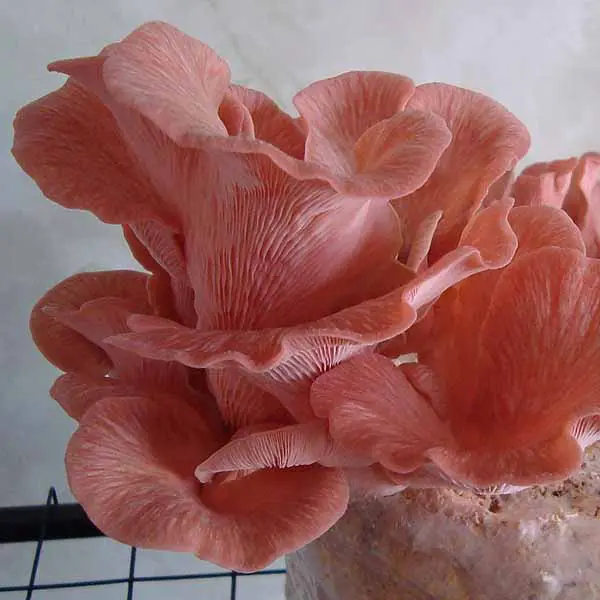



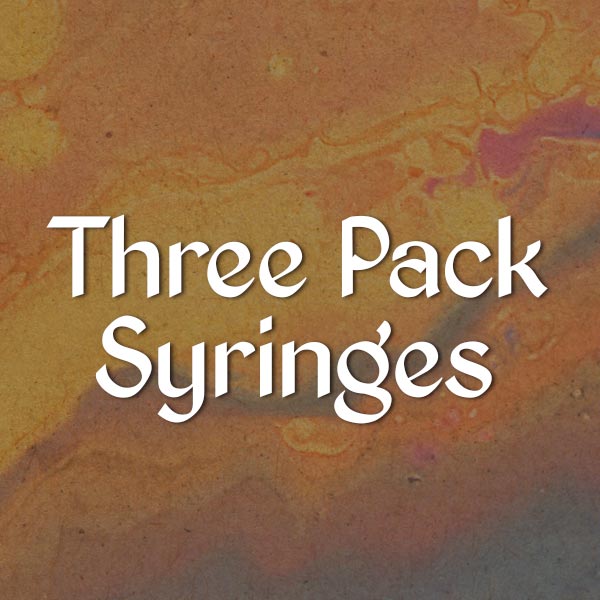











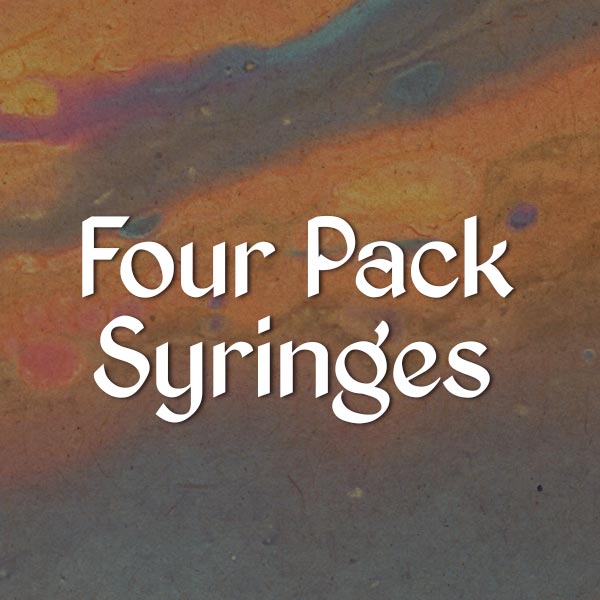





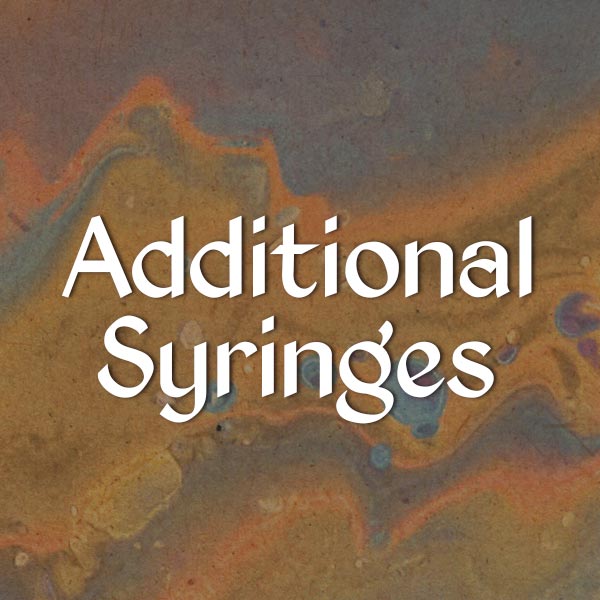

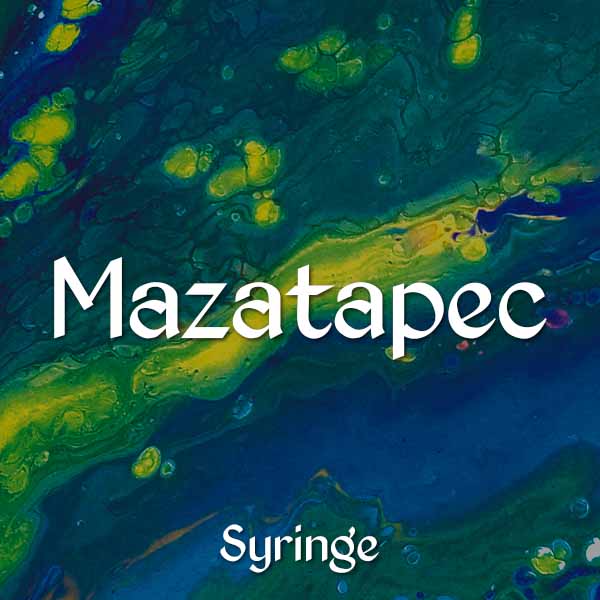


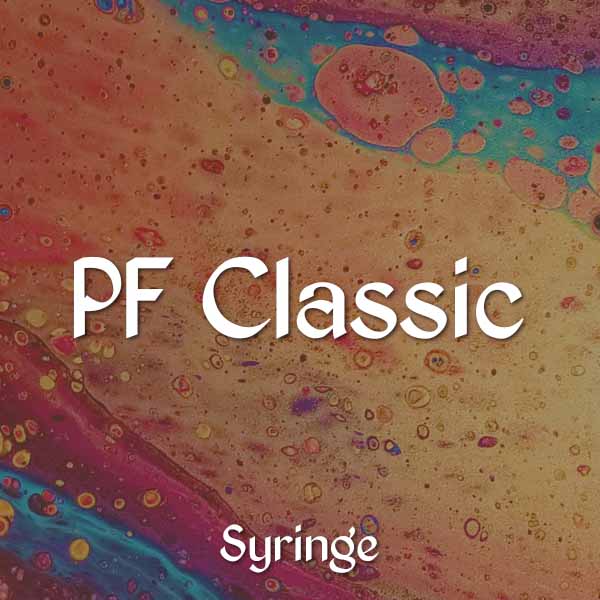





























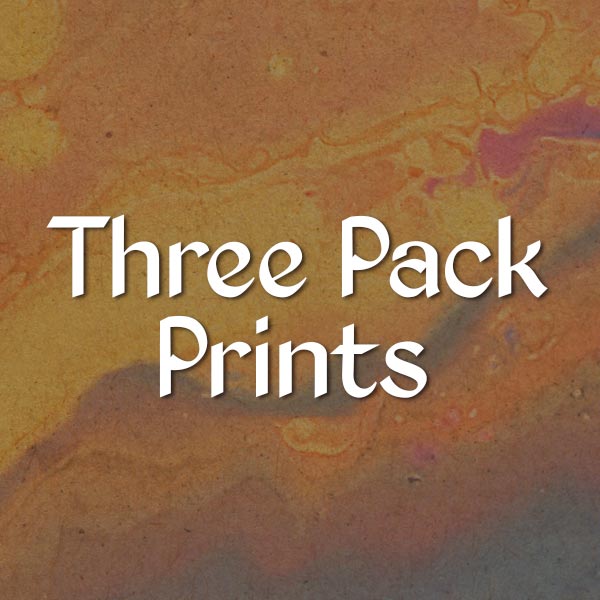





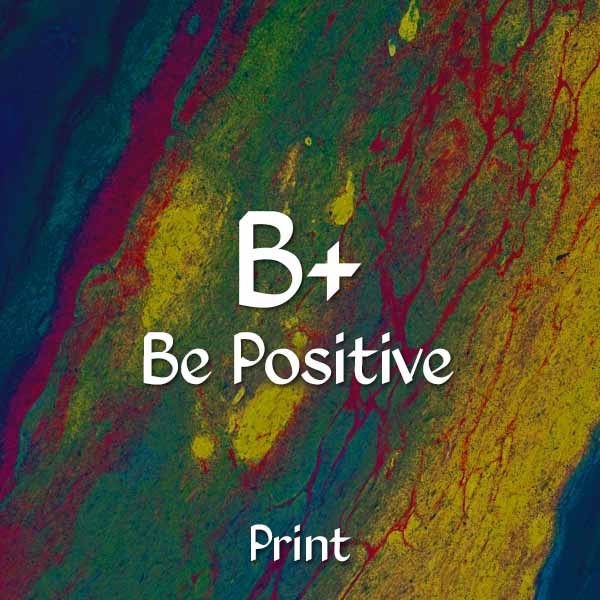

















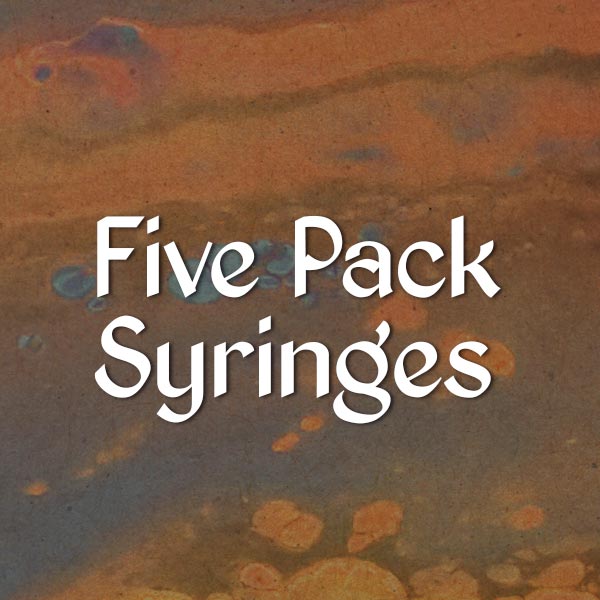





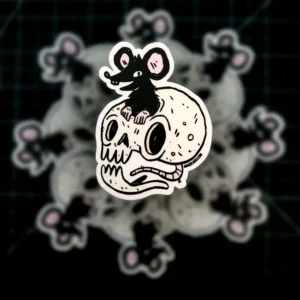
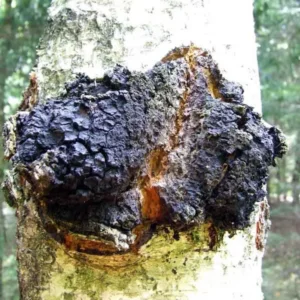
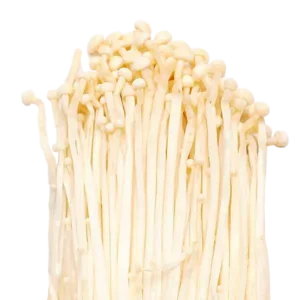

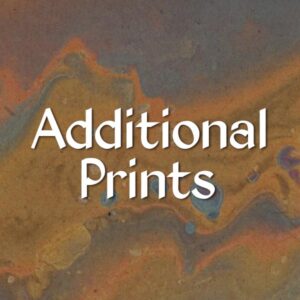
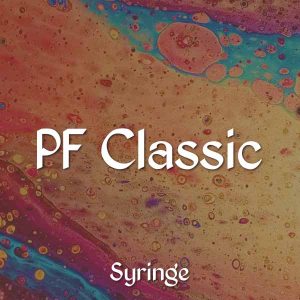

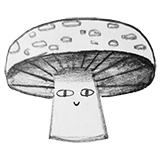
Disclaimer: We offer mushroom spores intended for microscopy and taxonomy purposes only. All information on this web site related to mushrooms is for reference and informational and educational purposes only. Images provided are for informational and educational reference only. Purchase of mushroom spores is legal in the United States, but spores cannot be shipped to the states of Georgia or Idaho. The list of states and other locales that may prohibit spores is subject to change. We will not ship to any prohibited location. The cultivation of all psilocybin and psilocin-containing mushroom species is illegal in the United States. Any communication that implies the intent to harvest or cultivate Amanita, Psilocybe or Panaeolus species will result in the cancellation and refund of your order. Additionally, future attempts to purchase from us will be denied.